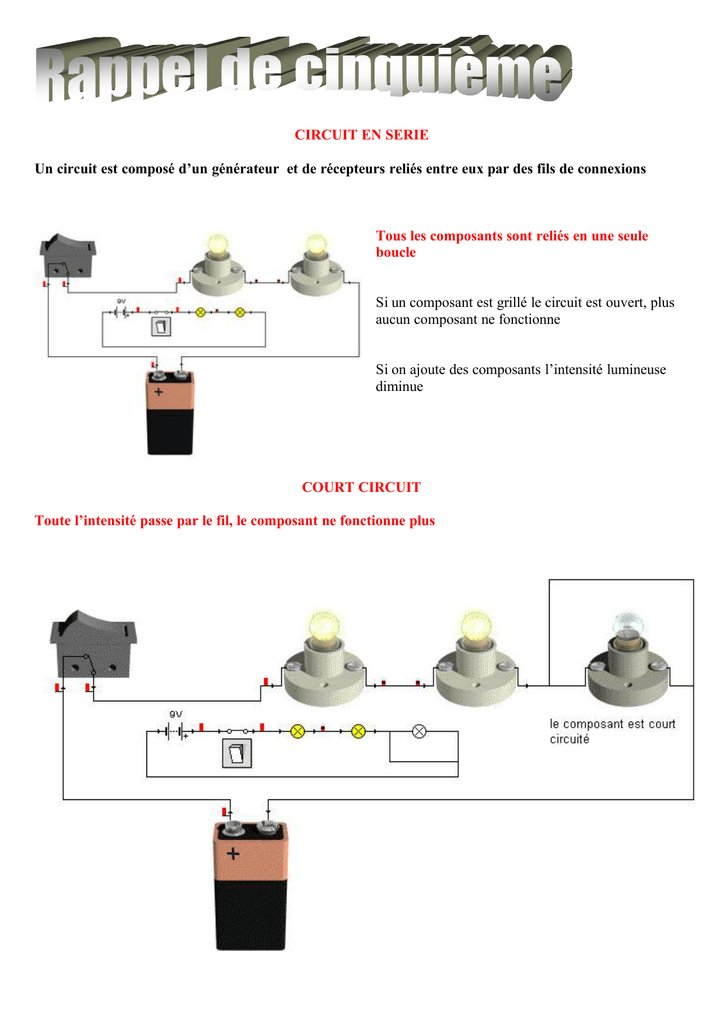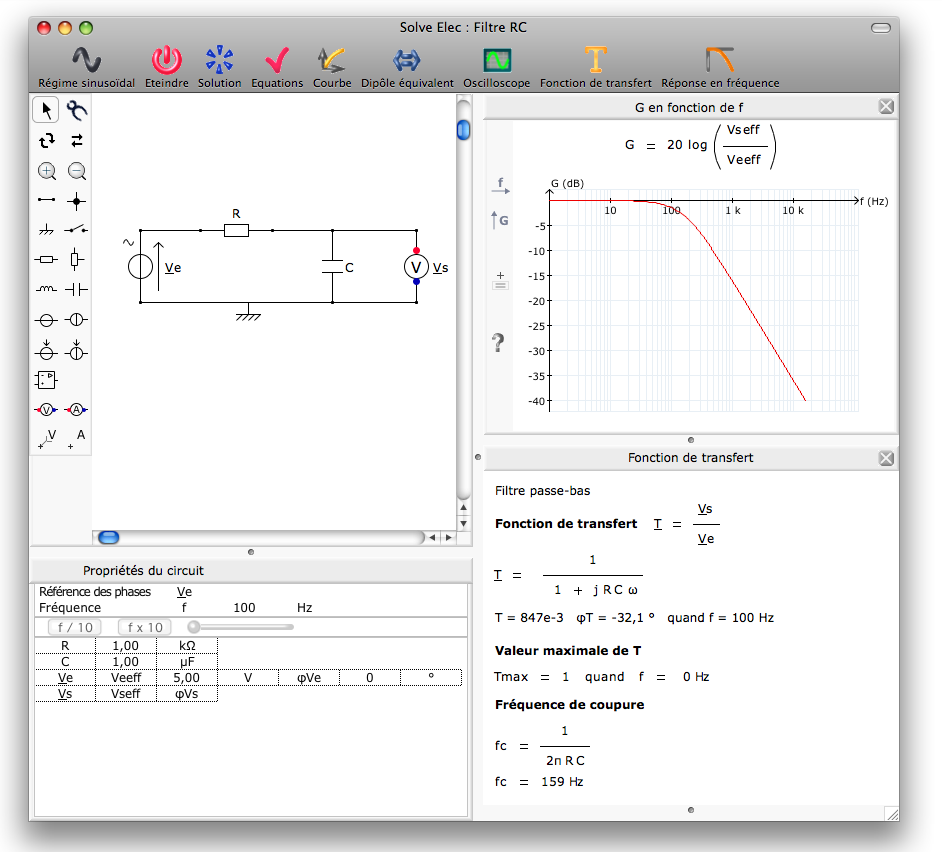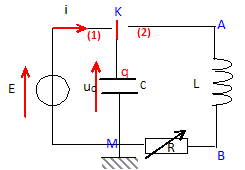
The amplifier adds power to compensate for resistive energy losses in the circuit and supplies the power for the output signal. Charge flows back and forth between the capacitor's plates through the inductor, so the tuned circuit can store electrical energy oscillating at its resonant frequency. In an LC oscillator circuit, the filter is a tuned circuit (often called a tank circuit) consisting of an inductor (L) and capacitor (C) connected together, which acts as a resonator.LR oscillators, using inductor and resistor filters also exist, however they are much less common due to the required size of an inductor to achieve a value appropriate for use at lower frequencies. Common types of RC oscillator circuits are the phase shift oscillator and the Wien bridge oscillator. RC oscillators are mostly used to generate lower frequencies, for example in the audio range. In an RC oscillator circuit, the filter is a network of resistors and capacitors.: p.113-114 The noise travels around the loop and is amplified and filtered until very quickly it converges on a sine wave at a single frequency.įeedback oscillator circuits can be classified according to the type of frequency selective filter they use in the feedback loop: When the power supply to the amplifier is switched on initially, electronic noise in the circuit provides a non-zero signal to get oscillations started. The most common form of linear oscillator is an electronic amplifier such as a transistor or operational amplifier connected in a feedback loop with its output fed back into its input through a frequency selective electronic filter to provide positive feedback. The harmonic, or linear, oscillator produces a sinusoidal output. īlock diagram of a feedback linear oscillator an amplifier A with its output v o fed back into its input v f through a filter, β(jω). An RF oscillator produces signals in the radio frequency (RF) range of about 100 kHz to 100 GHz.An audio oscillator produces frequencies in the audio range, about 20 Hz to 20 kHz.This term is typically used in the field of audio synthesizers, to distinguish it from an audio frequency oscillator. A low-frequency oscillator (LFO) is an electronic oscillator that generates a frequency below approximately 20 Hz.



Oscillators are often characterized by the frequency of their output signal:

Common examples of signals generated by oscillators include signals broadcast by radio and television transmitters, clock signals that regulate computers and quartz clocks, and the sounds produced by electronic beepers and video games. They are widely used in many electronic devices ranging from the simplest clock generators to digital instruments (like calculators) and complex computers and peripherals etc. They convert direct current (DC) from a power supply to an alternating current (AC) signal. Simple relaxation oscillator made by feeding back an inverting Schmitt trigger's output voltage through a RC network to its input.Īn electronic oscillator is an electronic circuit that produces a periodic, oscillating electronic signal, often a sine wave or a square wave or a triangle wave.


 0 kommentar(er)
0 kommentar(er)
